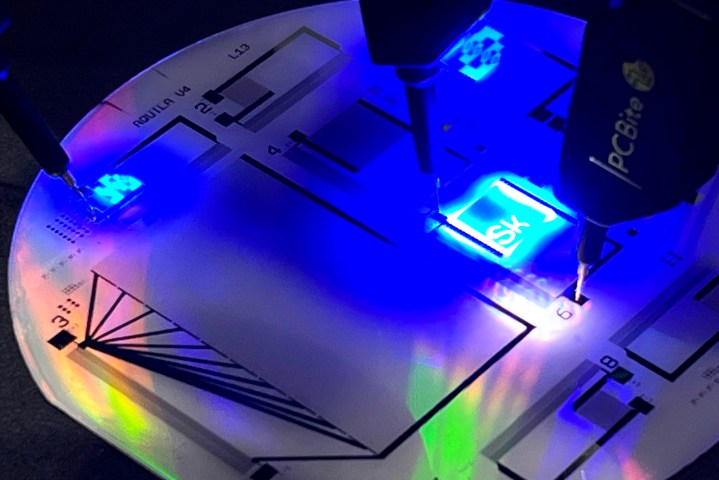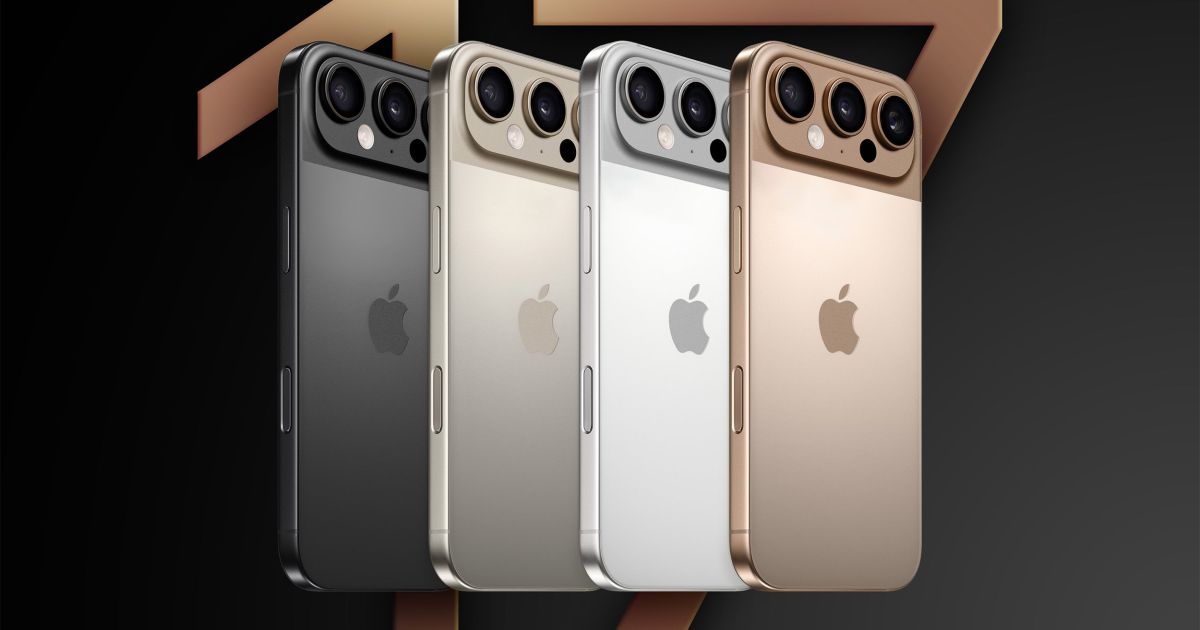MicroLED displays, renowned for their vibrant colors and impressive brightness, have long been touted as the future of display technology. However, the high manufacturing costs and complex production processes have kept them largely out of reach for most consumers. This is changing. Companies like Smartkem are developing innovative solutions to overcome these challenges, paving the way for microLED integration into everyday devices like tablets, laptops, and even wearables.
 Smartkem chairman and CEO Ian Jenks
Smartkem chairman and CEO Ian Jenks
Smartkem, in collaboration with display manufacturer AUO, is at the forefront of this microLED revolution, working on a transparent, rollable microLED display. While currently modest in size, this technology holds immense potential for the future of mobile devices. We spoke with Smartkem’s Chairman and CEO, Ian Jenks, to understand the breakthrough and its implications for the mobile landscape.
The Hurdles of MicroLED Production
MicroLED technology utilizes microscopic light-emitting diodes to create stunning visuals. Each pixel comprises individual red, green, and blue microLEDs, emitting light directly, much like OLED technology. This results in superior brightness, wider color gamuts, and enhanced contrast compared to traditional LCDs.
 A demonstration of Smartkem’s Organic Thin Film Transistor (OTFT) technology
A demonstration of Smartkem’s Organic Thin Film Transistor (OTFT) technology
However, manufacturing these miniature displays presents significant challenges. A 42-inch TV, for example, requires a staggering 25 million microLEDs, each needing a corresponding transistor and precise laser-welded connections. Traditional silicon-based transistor manufacturing involves high temperatures, limiting substrate options and increasing the risk of defects during production. This, coupled with the intricate assembly process, contributes to the exorbitant cost of microLED displays.
Smartkem’s Innovative Approach
Smartkem’s unique approach utilizes liquid polymer transistors instead of traditional silicon. These liquid polymers can be layered with photolithographic precision and connected using a metal spray process, eliminating the need for high-temperature processing. This innovative method not only simplifies production but also opens doors to a wider range of substrates, including transparent materials.
Furthermore, Smartkem’s process allows for testing of microLEDs before final assembly, significantly improving yield and reducing the risk of costly panel scrapping due to defects. This $80 million investment, backed by 15 years of research, represents a significant step towards making microLED technology commercially viable. The company has already partnered with the Industrial Technology Research Institute (ITRI) in Taiwan to develop a prototype production line for tablet-sized displays, and is now collaborating with AUO on a 12.7-inch flexible, transparent microLED screen.
From Tablets to Wearables: The Future of MicroLED
 A promotional image showing a transparent television built using Smartkem
A promotional image showing a transparent television built using Smartkem
While large-format microLED TVs are still some time away, the potential for smaller devices is immense. AUO envisions incorporating these flexible, transparent displays into notebook devices, potentially revolutionizing visual communication in offices and conferences. Beyond laptops, Jenks sees potential for transparent, flexible wristbands, smartwatches with dynamic displays, and even smart rings with miniature microLED screens for displaying emojis and other information.
The flexibility and robustness of microLEDs also make them ideal for foldable and rollable smartphones, addressing the challenges faced by current flexible display technologies.
The Path to Affordable MicroLED TVs
 The 114-inch Samsung microLED TV on display at CES 2024.
The 114-inch Samsung microLED TV on display at CES 2024.
While smaller devices are the immediate focus, Smartkem’s technology also holds promise for bringing down the cost of microLED TVs. By addressing manufacturing challenges and increasing yields, Jenks believes that microLED TV prices can eventually reach parity with current OLED TVs, opening up this cutting-edge technology to the mass market.
Signage and Automotive: Driving MicroLED Adoption
 A promotional image showing a retail sign built using Smartkem
A promotional image showing a retail sign built using Smartkem
Interestingly, Jenks anticipates that the initial surge in microLED adoption will come from the signage and automotive industries. The superior energy efficiency of microLEDs offers significant advantages in these areas, potentially driving down production costs and paving the way for wider consumer adoption in other device categories.
The 12.7-inch microLED display being developed by AUO and Smartkem represents a pivotal moment in the evolution of display technology. This collaboration signifies not only a technological leap forward, but also a tangible step towards a future where vibrant, flexible, and transparent microLED displays become an integral part of our daily lives.










